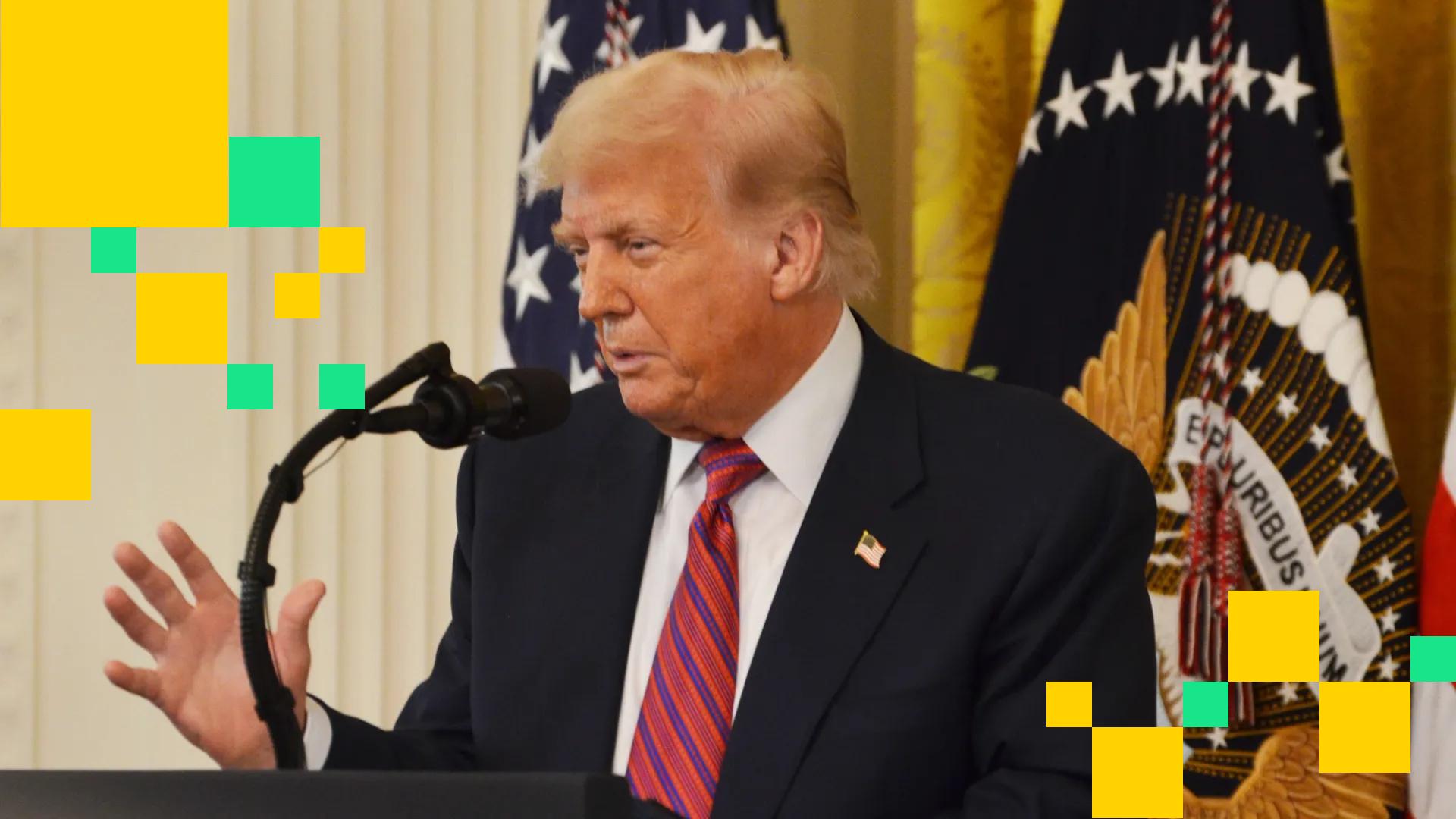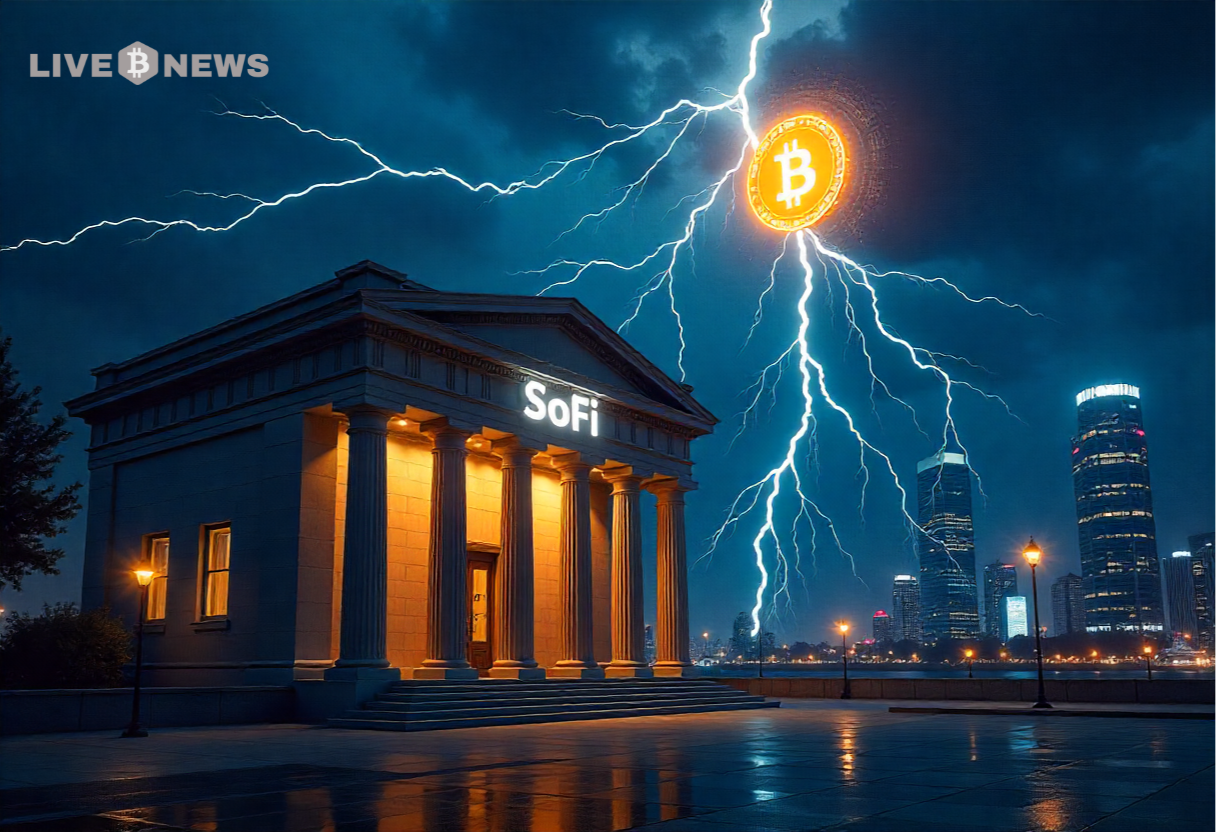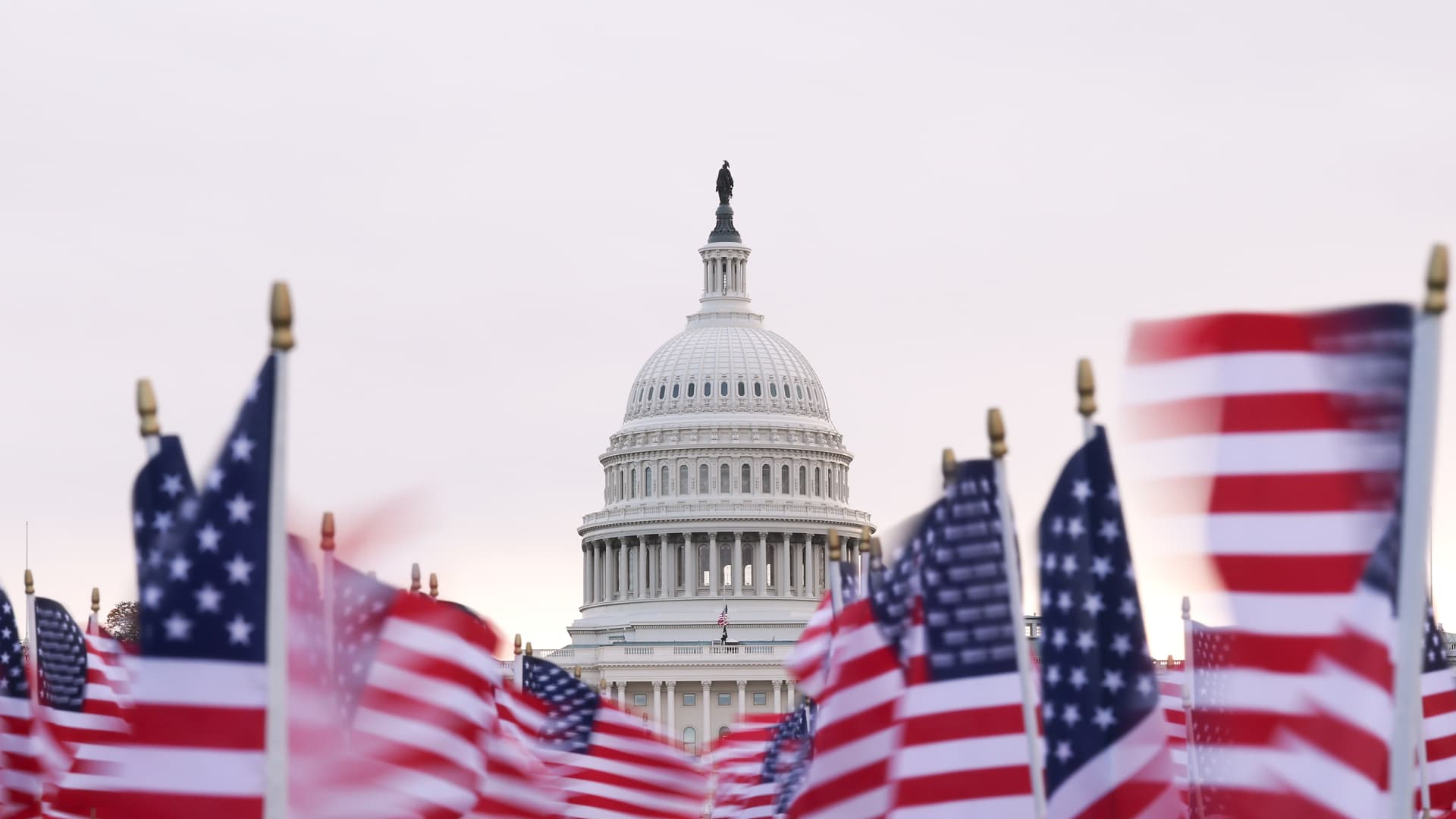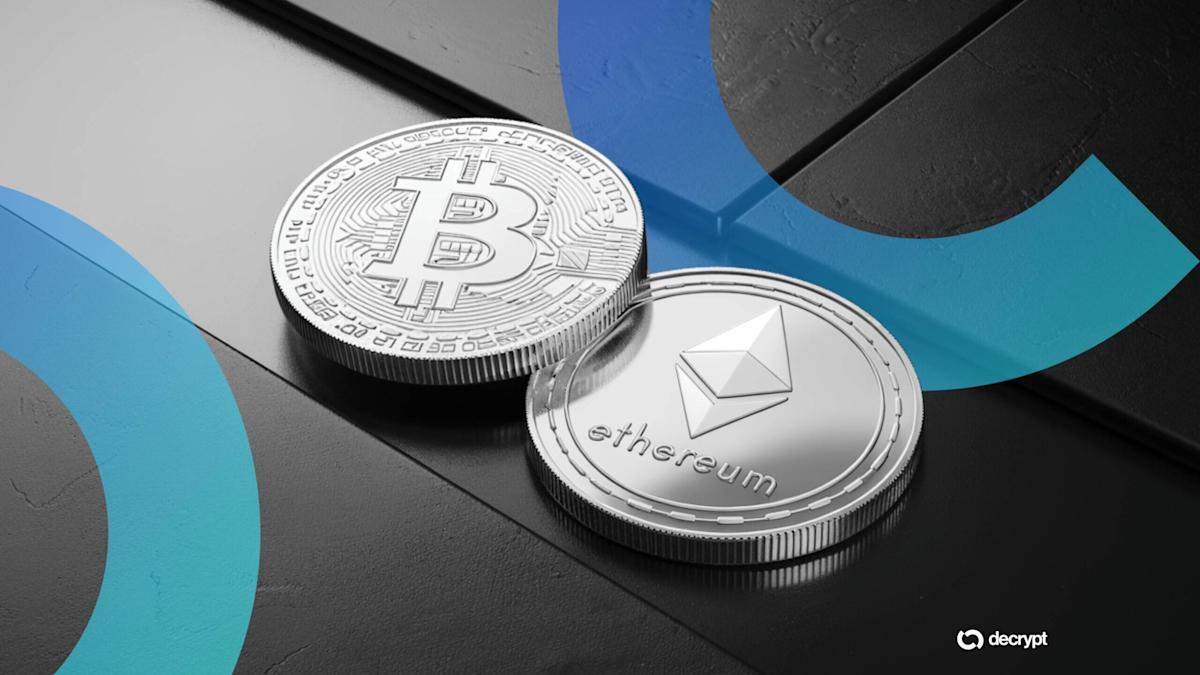In the first six months of this year — as crypto-promoter President Donald Trump reversed the U.S. government’s cautious resistance to crypto — U.S. trading volumes rose about 50% to $1 trillion, according to a report from TRM Labs published Tuesday.
The rapid rise has been multi-faceted, with institutions jumping into stablecoins and others jumping into newly regulated products such as exchange-traded funds (ETFs), not to mention increasing investor comfort levels as U.S. regulators and lawmakers began setting rules for the sector.
When the U.S. Securities and Exchange Commission and banking regulators were keeping crypto out of the financial system under the Biden administration, the constant refrain from industry lobbyists was that the government was pursuing innovators overseas. Trump has pledged to make the United States the “crypto capital of the world” when he takes office.
The 50% rise in the United States can partly be attributed to the “more favorable political and regulatory climate,” said Ari Redbord, TRM’s global head of policy.
“It is difficult to say how much of this is due to the return of offshore activity, but the trend is consistent with growing confidence, clearer rules and renewed capital formation in the US market,” he said.
TRM Labs, a digital asset analytics company, maintains a country adoption index of global crypto activity, weighting it with economic factors that minimize the high trading volume expected to be more associated with higher income countries. India has topped the list for three consecutive years – a period of strong crypto growth globally.
Pakistan, the Philippines and Brazil round out the rest of the top five.
In the United States, there was a sharp divergence in interest in crypto around last year’s presidential election. In the six months since that date, web traffic to virtual asset service providers increased by 30%, the report said. In July of this year, the White House issued executive orders mandating favorable crypto policies; the SEC created a crypto task force for the same purpose; Congress passed a new law to regulate stablecoin issuers; and significant process was completed on a broader market structure bill, which passed the House of Representatives but is currently facing a snag in the Senate.










